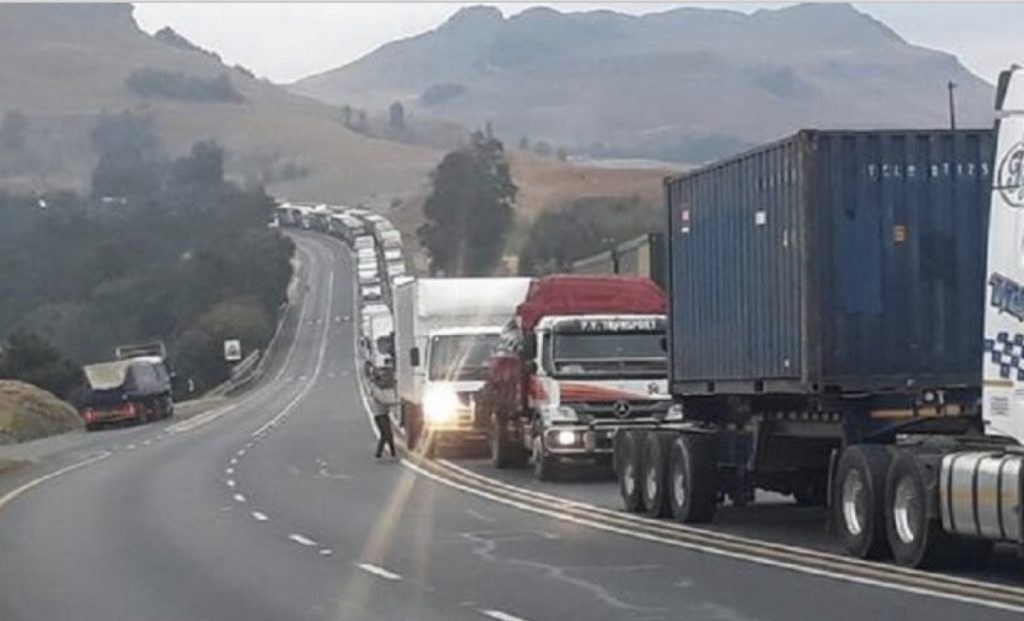Africa – When Closed Borders Become a Problem
Many African states have closed their borders due to COVID-19. The movement of goods continues, albeit slowly. For people, transiting countries is difficult and the consequences for workers and small businesses are dire.
2020 should be the year of open borders in Africa. After years of negotiations, the concrete implementation of the African Free Trade Area (AfCFTA) was finally on the agenda. The common African passport was also to become a reality this year.

But then came the coronavirus pandemic — and 43 of the 54 states in Africa closed their borders as a result. This figure was published by the Africa Centre for Disease Control and Prevention (Africa CDC) in early April.
It is true that many countries allow goods to pass through, at least partially. However, the consequences for the continent, especially the long-term effects, can hardly be estimated. The African Union warns that border closures for people and goods could have a “devastating effect on the health, economy and social stability of many African states” that rely on trade with neighbors.
-//-
The restricted transportation of goods is only one of the negative outcomes of border closures Africa is heavily dependent on the mobility of its workforce, explains to Robert Kappel, Professor Emeritus of the Institute for African Studies at the University of Leipzig. But right now, that workforce is stuck in place.

“Mobility is part of everyday life for most Africans,” Kappel told DW. “You go somewhere else for a while, work, earn income and send it to your family, acquire and bring back skills, create networks across borders,” Kappel said. The economist is certain that the longer mobility is restricted, the more African states will suffer from reduced economic growth.
”This forces us to really come together and issue regional guidelines,”
Kenneth Bagamuhunda, Director General for Customs and Trade, EAC
The East African Community (EAC) is also trying to simplify the transport of goods between member states. On Monday the EAC issued new guidelines. Among other things, the regional bloc suggested that all border crossings should be kept open for freight traffic so that trucks can be cleared as quickly as possible.

EAC member states are interlinked at many levels, my friend Kenneth Bagamuhunda, Director General for Customs and Trade in the Secretariat, the executive body of the EAC, said. “This forces us to really come together and issue regional guidelines,” Bagamuhunda told DW in an interview. Although the guidelines are not binding, they are intended to enable joint action.
The situation at the borders in East Africa could not be described as “very stable,” it was changing from day to day. But things were beginning to improve. Some states had started to test all truck drivers. “This led to some delays at first,” Bagamuhunda said.
30 kilometers (18 miles) — that’s how long the traffic jam was last weekend at the Kenyan town of Malaba on the border with Uganda, a Kenyan media house, Citizen TV, reported. Because truck drivers are particularly mobile, there is a risk that they will contribute to the spread of the virus. At least 20 of the 79 officially registered cases in Uganda are truck drivers, according to the BBC.
The EAC’s new guidelines now require testing for all truck drivers. The states are also to set up special stopping points so that drivers have as little contact with the population as possible.
You can read the entire article here: Africa – When Closed Borders Become a Problem
Source: AllAfrica
You must be logged in to post a comment.